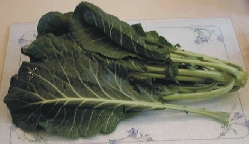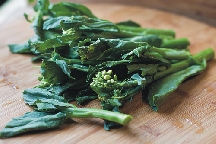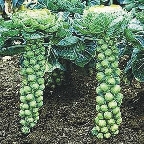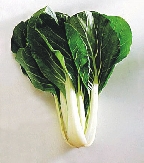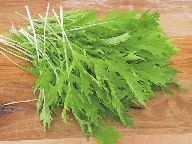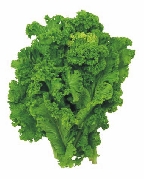TEXAS PEAS
Have you seen the price of broccoli lately? Enough broccoli to feed a family of four costs about the same as a barrel of crude. For some people, like my oldest niece, this is not necessarily bad news. It means that the dreaded trees will make a less frequent appearance on their dinner table and that's just fine with her. However, my brother--the grocery guru in their house--knows the importance of cruciferous vegetables and has replaced broccoli with other brassicas like cabbage, turnips, and kale. This week, my niece found herself confronted with something even worse than broccoli: her dad fed her Brussels sprouts.
I was actually kind of surprised to hear that my brother had put Brussels sprouts on the menu. When we were kids, he had a deep-rooted aversion to them. Once, when my mom insisted that he eat just three Brussels sprouts at Christmas dinner, he obliged her and then promptly vomited them back onto his plate. It put quite a damper on dinner for the rest of us! Now that I think of it, though, I don't really blame him. Mom bought her Brussels sprouts frozen and then boiled them into submission. It would've taken a stronger stomach than mine (or my brother's) to find something likable in those khaki green, water-logged, sulphurous blobs.
Although the Brussels sprouts of my husband's childhood came fresh from the garden behind the house, they were prepared in much the same way. He refers to them as "Texas Peas" and, to this day, refuses to see one on his plate.
Although the Brussels sprouts of my husband's childhood came fresh from the garden behind the house, they were prepared in much the same way. He refers to them as "Texas Peas" and, to this day, refuses to see one on his plate.
It's a shame that Brussels sprouts have become such an object of dislike because, when properly grown and prepared, they are really quite tasty. They are also very good for you. Four, 1-inch Brussels sprouts have only 40 calories, of which 5 come from fat. They provide 12% of your daily dietary fibre requirement, 8% of your required Vitamin A and a whopping 120% of your daily requirement of Vitamin C. In addition, the inclusion of cruciferous vegetables like Brussels sprouts in your diet may help to prevent certain types of cancer. Pretty good incentive for rediscovering this neglected dish.
Brussels sprouts originally grew wild on the European seacoast and were eventually brought into cultivation in Belgium, where both the climate and soil are particularly to their liking. It's believed that they have been grown there for 8 centuries and, in 1820, they were named the country's official green. These little cabbages sprout along the stock of a larger cabbage-like plant and are best eaten when they are small and tightly furled. They become sweeter once they have been exposed to frost or snow. In Belgium they are consumed when they are the size of a child's fingernail and are particularly velvety and sweet. Here it's unlikely that you will find such small Brussels sprouts but you should still shop for sprouts that are an inch or smaller in diameter and have tightly furled leaves. There should not be any yellowing or rust on the leaves and the stalks should be crisp when you try to pierce them with your fingernail.
Because of our lack of fondness for this vegetable, there aren't a huge number of recipes available for it. I went to www.foodtv.com and found only eight. An internet search yielded minimal information, although I got my best results on "Ask Jeeves," where I found recipe links and a link to Brittanica.com. In the end, I turned to my old favourite "Greene on Greens," by Bert Greene (Workman Publishing Inc., 1984) where I found most of the factual info provided here and also some wonderful and unusual recipes. Forget the soggy sprouts of yesteryear. Any one of these recipes will change your mind about this much-maligned vegetable.
Ever the optimist, I live in hope that I will be able to entice even my husband to try one of these versions of the "Texas Pea." As a first step in my campaign, I'll send him to the store today to buy broccoli.




